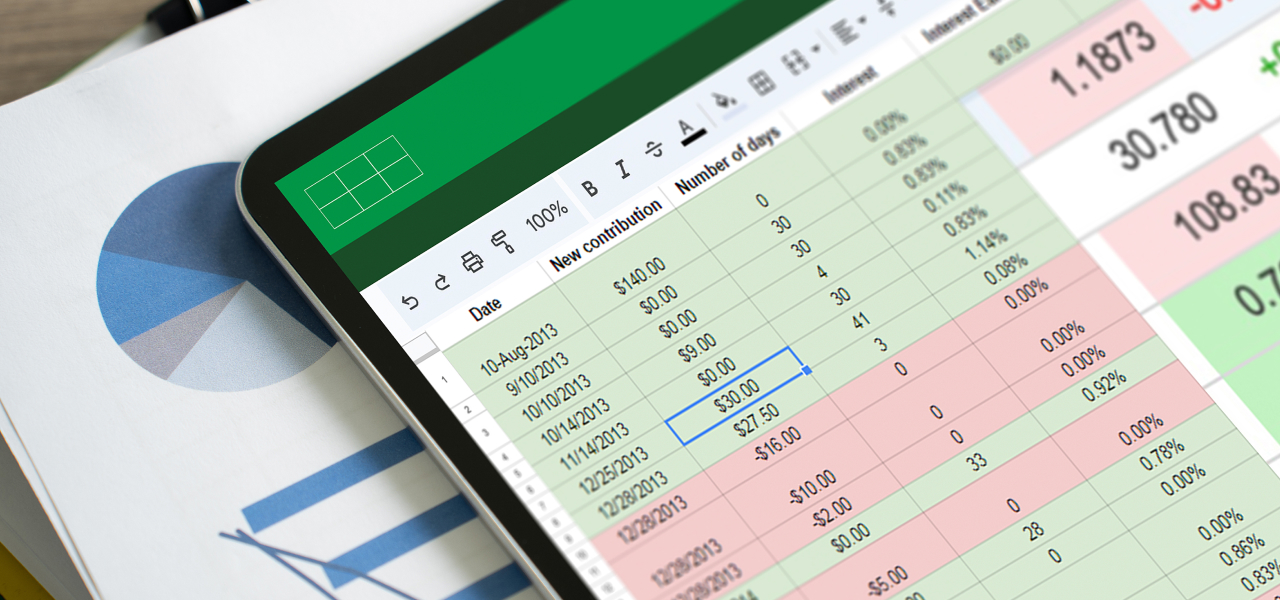A Comprehensive Guide
Portfolio accounting systems are comprised of software that helps financial professionals track, evaluate, and report on the value of complicated investments. Asset managers, fund administrators, family offices, hedge funds, and private equity firms can all use these platforms to manage public securities and derivatives. Portfolio accounting systems provide valuable insights for more informed investing decisions by assessing investment strategies and holdings in a variety of ways.
To track portfolios, a portfolio accounting system generates an accounting identity. To report system transactions, balance sheets and income statements are prepared. These entries are tallied and recorded on the general ledger, along with any gains or losses.
Portfolio accounting systems are frequently independent from the client’s other systems. They are exclusively concerned with the account’s value, regardless of whether that value is derived from stocks, bonds, coupons, or more exotic investments. To post the value of all accounts, the same general set of procedures is employed.
Portfolio accounting systems, in addition to tracking investments, incorporate adjustments for non investment expenses. It is up to the system’s users to keep track of these expenses and make any necessary changes to maintain the accounting identity.

What is the Difference Between a Portfolio Accounting System and an Investment Management System?
A portfolio accounting system is a form of software that assists investors and financial professionals in tracking, analyzing, and reporting the value of complicated investments. It includes all asset classes, such as stocks, currencies, swaps, derivatives, private equity, real estate, and debt instruments. Investor interactions, fund accounting, and investment operations are also considered.
An investment management system, on the other hand, is a larger phrase that refers to the art and science of selecting and supervising a collection of investments that satisfy a client’s long-term financial objectives and risk tolerance. Portfolio management is one of its functions, but it also includes other actions like generating funds for customers.
Requirements and Complexities of Portfolio Accounting Systems
Some of the requirements and complexities that are involved in a workable portfolio accounting system include:
The Need to Cover all Asset Types
In the past, the three primary asset classes were equities, fixed income, and cash equivalents. However, many investment professionals now include real estate, commodities, futures, financial derivatives, and even cryptocurrencies in their asset class mix. Investment assets can be tangible or intangible and are bought and sold to generate income in the short or long term.
Family offices and other investment managers may also invest in alternative assets such as hobby farmland, livestock, vacation property, rental property, jewelry, high-end watches, handbags, automobiles, works of art, coins, stamps, and wine. The ability of your portfolio accounting system to handle these assets and multiple currencies is crucial. Without this capability, you may have to resort to using spreadsheets, which can add extra steps and increase the risk of errors in your processes.
Privacy Considerations
In today’s world, where cloud storage is prevalent, data sensitivity is becoming an increasingly important issue. Large providers such as Amazon and even the government may have access to information that you are required to keep confidential. While cloud storage can be secure, if you have concerns, look for a provider that allows you to store all your data on your own premises, giving you complete control and sole access. FundCount, for example, can be deployed on-site, in your own private hosted cloud, in a public cloud or on the FundCount Cloud as a single client server solution.
Single Source of Truth
Data integrity is crucial in the accounting industry. However, when data is entered into separate software systems, it can be difficult to assess and reconcile during the reporting process. A unified general ledger addresses this issue by using a single program based on the general ledger to provide the end user with a single source of truth.
Continuous Accounting
Traditional accounting is a closed-book system where reporting is typically done at the end of each month when the books are closed, and official numbers are released. This approach, which is more suited to traditional manufacturing and service businesses, has limitations in the investment world. Management decisions require up-to-date data, but if the data is based on last month’s numbers that are not available until halfway through the following month, new developments cannot be accurately or timely factored in. Estimates are possible, but nothing is certain until the books are closed, and reports are run. A valid continuous accounting approach audits the system for General Ledger, Portfolio Performance and Partnership Accounting as data is entered, allowing for ad hoc reporting 24/7 without closing the books.
Portfolio accounting systems are comprised of software that helps financial professionals track, evaluate, and report on the value of complicated investments. Asset managers, fund administrators, family offices, hedge funds, and private equity firms can all use these platforms to manage public securities and derivatives.
Summing it All Up
A functional system must be capable of handling a diverse variety of asset types, including traditional assets like equities, fixed income, and cash equivalents, as well as nontraditional assets like real estate, commodities, futures, financial derivatives, and cryptocurrencies. The system must also support multiple currencies and maintain a high level of data security and privacy. A unified platform based on the general ledger that uses a single software can provide a single source of truth and improve data integrity. Continuous accounting enables ad hoc reporting without closing the books and can provide more timely and accurate information for management choices.








